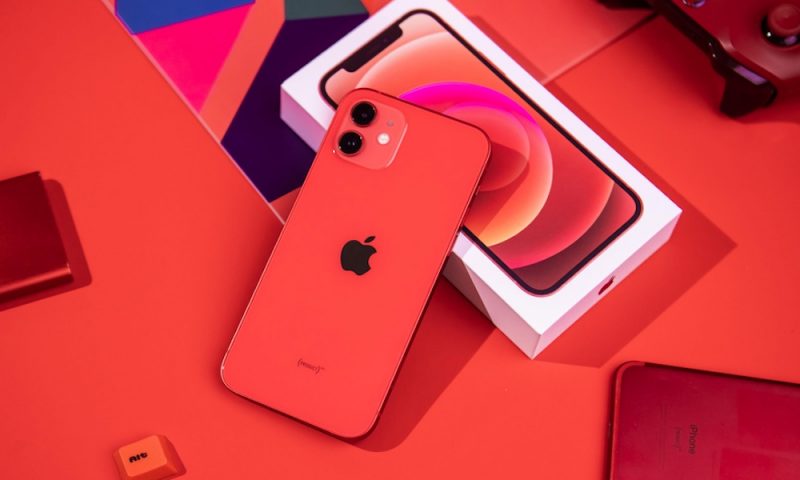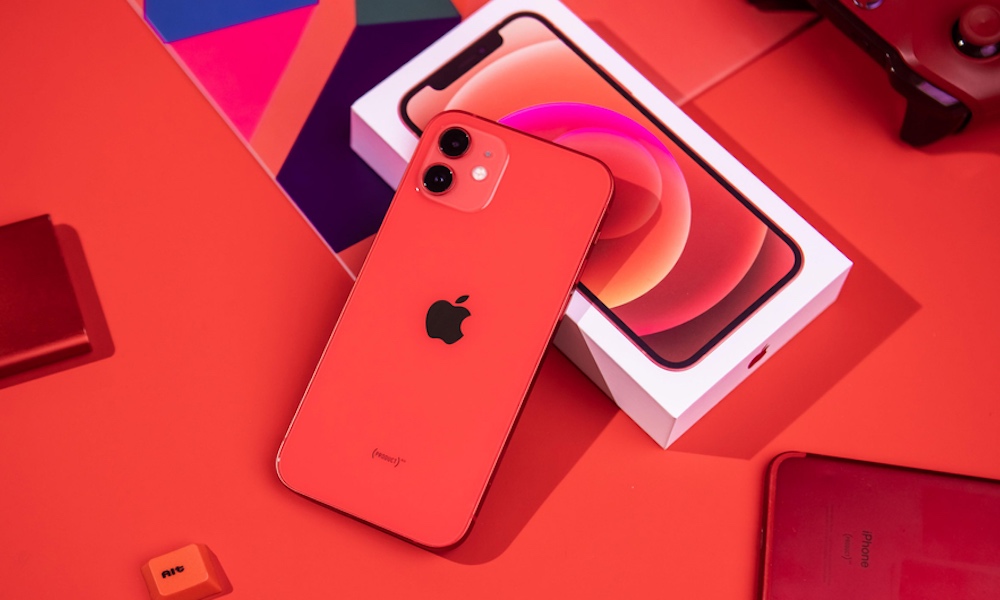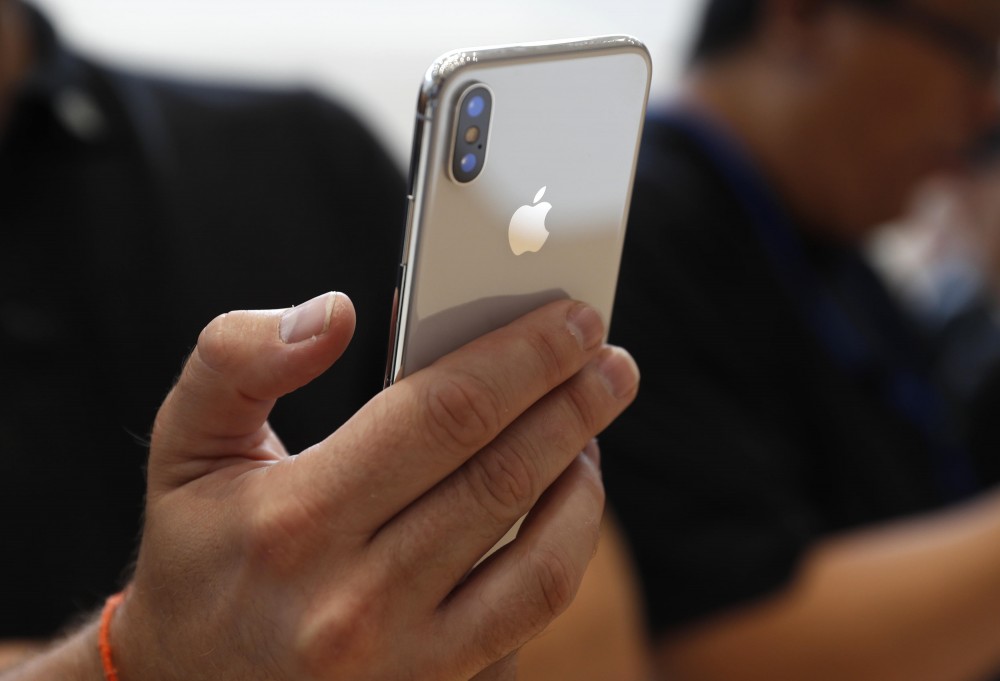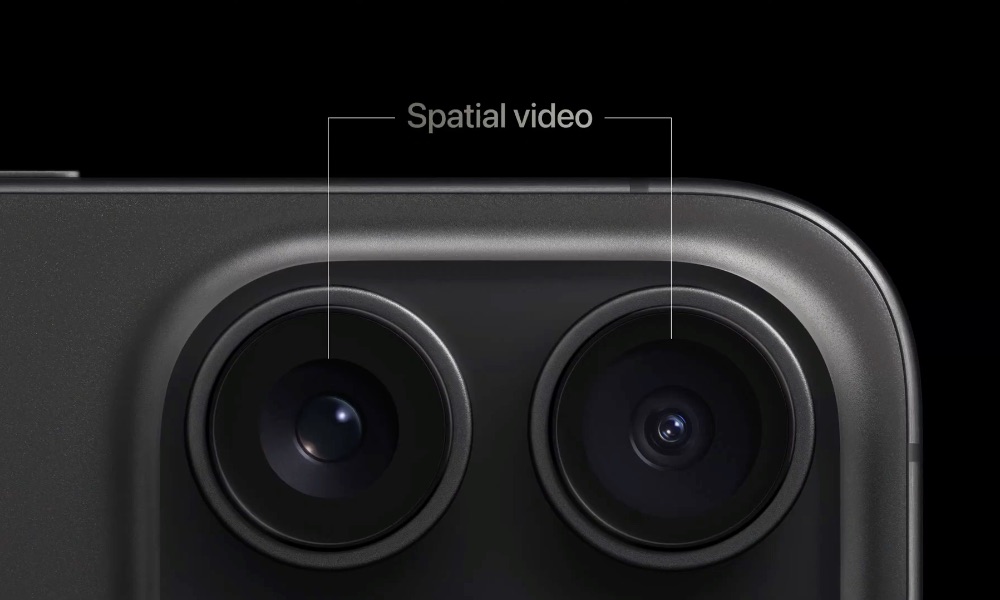Leaked Image Seemingly Confirms iPhone 16 Camera Layout

 Credit: Jack Skeens / Shutterstock
Credit: Jack Skeens / Shutterstock
The image in question was shared by leaker Majin Bu on X, the social network formerly known as Twitter, showing a vertical, tandem layout for the wide and ultrawide lenses.
It appears to be the first leaked image of a hardware component intended for this year’s iPhone 16 lineup. Although the leaker’s track record has been hit and miss, MacRumors has been able to independently verify the component’s authenticity from its industry sources.
Further, it seems to align with what we’ve been hearing from other sources, which have suggested that Apple will return to the original vertically stacked camera arrangement used in the years before the iPhone 13 shifted them into a diagonal layout.
It was the iPhone X that first introduced the vertical camera design, changing things up from the horizontal arrangement used on the dual-camera iPhone 7 Plus and iPhone 8 Plus models. However, those earlier models used a rectangular pill-shaped camera bump; it wasn’t until the iPhone 11 that Apple moved to the square camera array we know today.

It was never clear why Apple decided to go with a diagonal layout in the iPhone 13, but it was always assumed some internal hardware changes required moving things around, possibly due to new sensor-shift optical image stabilization (OIS) on the primary camera.
Last year, Apple also changed lens positions for the iPhone 15 Pro and iPhone 15 Pro Max. While it wasn’t apparent, since the triple-lens system looked the same on the outside, the Telephoto and Ultra Wide cameras swapped positions.
While many believed this was done to accommodate the new tetraprism 5X lens on the iPhone 15 Pro Max, with the smaller iPhone only following suit for consistency, that may not have been the real reason — or at least, not the whole story.
When Apple unveiled the iPhone 15 Pro lineup last September, it surprised us with a feature nobody saw coming: Spatial Video Recording to allow users to capture 3D videos that could be played back on the Vision Pro to relive the moment in a full, immersive experience.

To accomplish this, Apple uses the main (wide) and ultrawide lenses on the iPhone 15 Pro and iPhone 15 Pro Max, but these have to be arranged in such a way that they can capture the necessary detail to compose a 3D video — side-by-side when the iPhone 15 Pro is held in landscape mode.
Changing the lens position aligned them for Spatial Video recording on the iPhone 15 Pro, which will undoubtedly still be a feature on this year’s iPhone 16 Pro. However, it looks like Apple may do the same with the iPhone 16 this year, making it possible to capture Spatial Video on even more devices.
Of course, that’s pure speculation at this point. Even if these rumors are true — and there’s no certainty of that yet — Apple could have another reason for rearranging the lenses. After all, we never really knew why it adopted the diagonal layout in the first place.
However, it would make sense for Apple to add Spatial Video Recording capabilities to the more affordable iPhone models. Not only are these videos more easily captured from an iPhone since most folks won’t be wearing their $3,500 Vision Pro during all of life’s landmark moments, but Apple will eventually release a more affordable version of its spatial computing headset. The sophisticated camera array that powers spatial video capture is one of the corners the company may be cutting to get it down to a lower price, which won’t be a huge loss if every modern iPhone can capture Spatial Video anyway.







